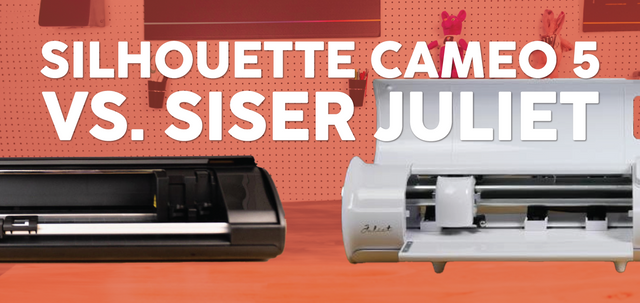Siser Juliet vs. Silhouette Cameo
Posted by EllyMae from Silhouette Secrets+ and Swift Creek Customs on Dec 19th 2023
Affiliate links may be present in the following blog post.
Hi everyone! I'm EllyMae from Silhouette Secrets+ and Swift Creek Customs and I am so excited Heat Transfer Warehouse asked me to share some information on both Silhouette and Siser cutting machines as a guest blogger. I am probably best described as a craft power user. I don't sell products, but I've been a cutting machine user in the craft industry for almost 20 years. I not only use the machines to create many different craft projects, but I'm a Beta tester and one of the top troubleshooters in the industry for both Silhouette and Siser machines. I've been teaching Silhouette users since 2016 and was invited to help test Siser machines prior to their launch in September 2022. I've continued to train in both brands and I use both on a regular, if not daily, basis.

First, I do not think it's fair at all to try to compare these two brands of machines evenly. Silhouette has been producing cutting machines for 14+ years, even before officially named Silhouette and Siser is just getting into the cutting machine industry and is just a little over a year into the market when this is published. That is in no way an even playing field to compare.
Next, what machine is right for you? The answer may vary for each user and the best answer is the one you will open the box of and actually take time to learn to use. All cutting machines, or rather, all new equipment will take time to learn. And I'll share a secret from years of troubleshooting, past experience does not always mean you won't run into issues. Sometimes that can hold you back from learning new things and the new way things work.
This information is designed to give you a brief idea of a few differences in the 2 brands of machines, their strengths, and features that may or may not work for you. It is not an in-depth review of either brand of machines, as that would be very long and detailed.
Silhouette cutting machines are designed as a "craft" cutter. That doesn't mean that they aren't used by those running a business, but the software and machines were designed originally for crafters.
Siser Juliet and Romeo came onto the market to try to bridge a gap between "craft" cutters and the more professional cutters that are more expensive. Siser saw a need for those that were outgrowing their "craft" cutters and looking for another option, but who weren't quite ready to invest in a commercial plotter. But, that doesn't mean a crafter can't use the Siser machines, many already are.
In today's post I will share 5 factors of the Silhouette and Siser machines and how they are different.
- Software
- Tools
- Function
- Rollers
- Cost
Software
Silhouette machines are designed to work with the Silhouette Studio software. The basic version is free and there are 3 additional upgrades that you can purchase - Designer Edition, Designer Edition Plus, and Business Edition. Each upgrade unlocks additional features in the software. It is a one time fee and can be installed on up to 3 computers. For more details on what each software upgrade unlocks, check out the comparison chart on the Silhouette America website HERE.
In order to open SVG files, a common cut file, the Designer Edition upgrade is needed at a minimum. In order to save as a SVG file or other file types, the Business Edition upgrade is needed.

Siser Juliet & Romeo cutting machines were designed for use with Siser Leonardo Design Studio software. The basic version is free and there is a Pro version that is a subscription which unlocks additional design features. For more details on Siser LDS Pro version, see the Siser website HERE.
The basic version of Siser Leonardo Design Studio opens SVG files. Siser Leonardo Pro subscribers have the ability to save as SVG and additional file types.

Silhouette Studio software has been in development 14+ years and is pretty established. Siser Leonardo Design Studio is just getting started and they are continuing to build out the software as time goes on.
As with many other software programs out there, both programs are different from each other. Companies cannot copy other companies software and just release it. It will take time to learn new software programs, no matter what machine you are using.
Both Silhouette and Siser basic versions can be downloaded for free on their websites.
Tools
Silhouette cutting machines have a variety of tools available from years of development. As I mentioned above, they were designed with the crafter as the primary audience. A crafter can cover a wide array of materials and projects. Over the years, the tools have increased from just regular cutting blades with the Cameo 1 model to using a Rotary blade with the Cameo 4 and 5 models. Specialty tools can take time, testing, and materials to learn how to use.
The Silhouette blades are designed that the entire housing is replaced when a new blade is needed. Since the release of the Cameo 3 model machines, Silhouette can use Autoblades. This means that the machine will adjust the blade depth to what a user has set in the software, if the machine is set up properly. The only thing auto about the Autoblade is that it sets the blade depth. The user is still responsible to perform test cuts for their material to determine what settings work.
Siser Juliet and Romeo utilize a 45 degree blade or a 60 degree blade for cutting. Those are the only 2 tools currently available by Siser as this is published. However, there are additional tools in production, such as the etch and crease tools which should be available in 2024.
The blade housing on Siser Juliet and Romeo is a metal casing that the blade slides into. The blade can be removed and replaced. This is another factor of being more in line with a professional style cutting machine. This blade style is a manual blade and the user is responsible for setting it up properly and test cutting for their materials. It can be adjusted minutely if needed, but the user is in charge of it.
Function
One of the biggest differences in function is where the starting point of origin is with each brand of machine.
Silhouette cutting machines start cutting in the top left corner of a Silhouette cutting mat. The way the user sets it up on virtual cutting mat is in relation to where it will cut on the Silhouette cutting mat, if the machine is loaded properly. The machine cuts top to bottom and then returns to the starting point of origin as default behavior.

With a Silhouette machine, when the mat is loaded it is ready to go and the housing orientates to the starting point.
Siser machines are different and more like a professional plotter. This means that the starting point of origin is the bottom left corner and the machine cuts bottom to top, then returns to the point of origin.

The user is in complete control of telling the machine what to do. You place the mat or materials under the rollers, line it up, then flip the roller bar lever to lock it. Then you move the blade housing to the bottom left corner before starting the cut. You are telling the machine exactly where to start.
This is one of the biggest differences and if you are moving from a "craft" cutter to a Siser machine, it can be one of the hardest things to get used to. Even for an experienced user like myself, it takes time to get used to this difference and you will make mistakes as you are getting started. I know I did!
Rollers
Silhouette cutting machines have 2 rollers. The left roller is a stationary roller on all machines and should not be forced to move. The right roller can be moved and locked into specific locations. The locations where the right roller can be locked into place is very, very specific. The new Silhouette Cameo 5 has the most locations on where the right roller can be locked in place, but it still has very specific locations where it's actually locked. There are 2 spring guides between the rollers that serve to help keep materials from bubbling up in the middle. They do not provide any force or pressure down on the materials and do not feed the materials in or out of the machine.

Siser Juliet has 3 rollers and Siser Romeo has 4 rollers. The rollers can all be adjusted and placed anywhere along the roller bar on top of the black textured areas of the bottom roller. This allows for smaller widths of lined materials to be cut matless. And since the user is in charge of where the blade housing starts, you can place your material anywhere in the machine to be cut. I have a couple videos on the Swift Creek Customs YouTube channel showing this for Siser Juliet and Romeo if you want to see it in action.

The rollers on the Siser Juliet and Romeo are strong. They grip very, very well! This is great and was actually a request by users who were cutting matless materials such as adhesive vinyl and HTV. However, with that strength, you can also see more wear if using a cutting mat.
If the rollers are continually rolling across the same locations on a cutting mat, it can wear roller grooves in the mat. This actually happens with all cutting machines with time and usage. But, it can occur faster with the Siser Juliet and Romeo machines because of those strong rollers.
Both Silhouette and Siser machines can cut with a cutting mat or without for lined materials. You do not want to cut completely through any material without a cutting mat on either machine as you could damage the machine and the cut pieces will just fall out and jam inside.
Cost
The
Silhouette Cameo 5 retails for $329.99 and the Cameo 5 Plus retails for $429.99.
The only difference between those 2 models is the Cameo 5 has a cutting width of 12" versus the Cameo 5 Plus is 14.6" wide and can utilize 15" material rolls.
While supplies last, the Silhouette Cameo 4 and Cameo 4 Plus can be found for discounted prices at Heat Transfer Warehouse.
The Siser Juliet retails for $499.99 and the Siser Romeo retails for $699.99. The main difference between Juliet and Romeo is the cutting width and the size of the machine.
*****
Now, this is just a brief look at some of the differences between Silhouette and Siser. If you are interested in seeing more, I did release a video sharing a visual of several of these features on the Swift Creek Customs channel HERE.
Which machine is right for you?
I think the answer to this is dependent on each user and what they want to do! I can't tell you specifically which one is the best for all users because that just isn't realistic. I use both on a regular, almost daily basis and each one has their strengths. I can get both brands of cutting machines to do what I want within the limits of what each machine is designed for. It all takes time and experience to learn and no one is a magician or expert out of the box. It is not magic when you open the box, but just like everything else in life, takes time and practice to learn a new skill.
If you are a crafter you may be more comfortable with a Silhouette cutting machine. If you are a business owner who primarily cuts adhesive vinyl and HTV, then a Siser Juliet or Romeo may be more beneficial for you. I think both are great brands of machines and I think that anyone can use them if they take the time to learn them!
What I do know is that every single user is completely different! And that means the machine that's best for you may be different than someone else. The best machine is the one you will use. Don't let it sit in it's box for too long!
I hope the information has given you some thinking points and direction to decide what would be the best machine for you in your situation.
If you have any questions please let me know.

For Silhouette cutting machine information:
Silhouette Secrets + Facebook Page
Silhouette Secrets+ with EllyMae Facebook Group
Silhouette Secrets+ website
Silhouette Secrets+ YouTube Channel

For Siser cutting machine information:
Creating with Siser Facebook Group
Swift Creek Customs YouTube channel


 Custom Printed Apparel
Custom Printed Apparel Custom DTF Apparel
Custom DTF Apparel Embroidered Apparel
Embroidered Apparel
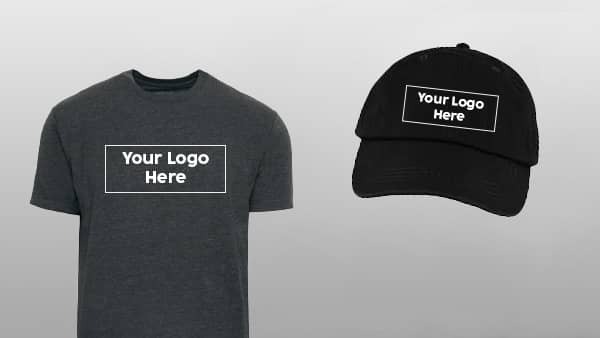 Full Service Customization
Full Service Customization Rhinestone Apparel
Rhinestone Apparel
 Sublimated Apparel
Sublimated Apparel
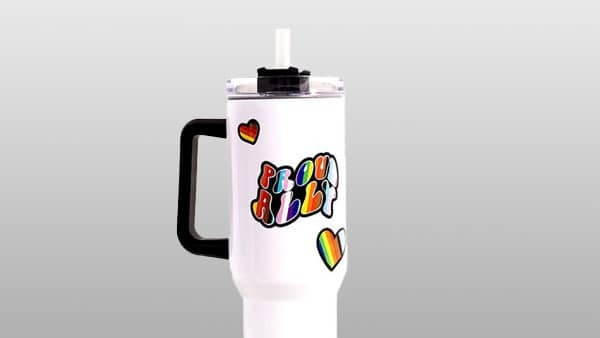 Custom Drinkware/Photo Panels
Custom Drinkware/Photo Panels Siser Sanmar Decoration
Siser Sanmar Decoration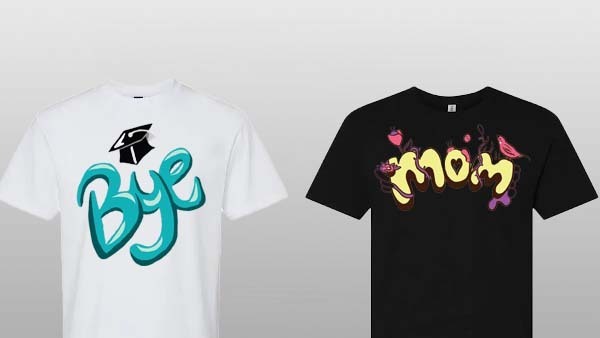 Seasonal Items
Seasonal Items DTF Transfers
DTF Transfers
 Supacolor Transfers
Supacolor Transfers
 Sublimation Transfers
Sublimation Transfers
 Rhinestone Transfers
Rhinestone Transfers
 HTV Transfers
HTV Transfers
 Custom Patches
Custom Patches
 Custom Stickers
Custom Stickers
 Artwork & Services
Artwork & Services
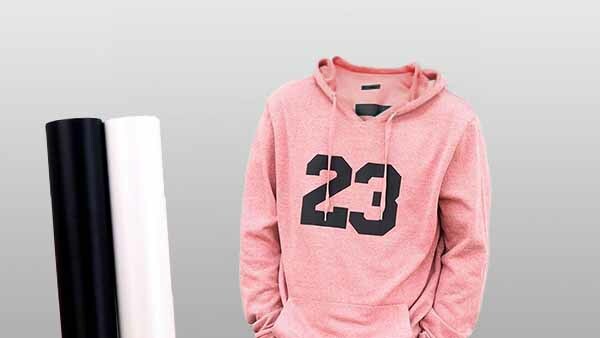 Twill Transfers
Twill Transfers
